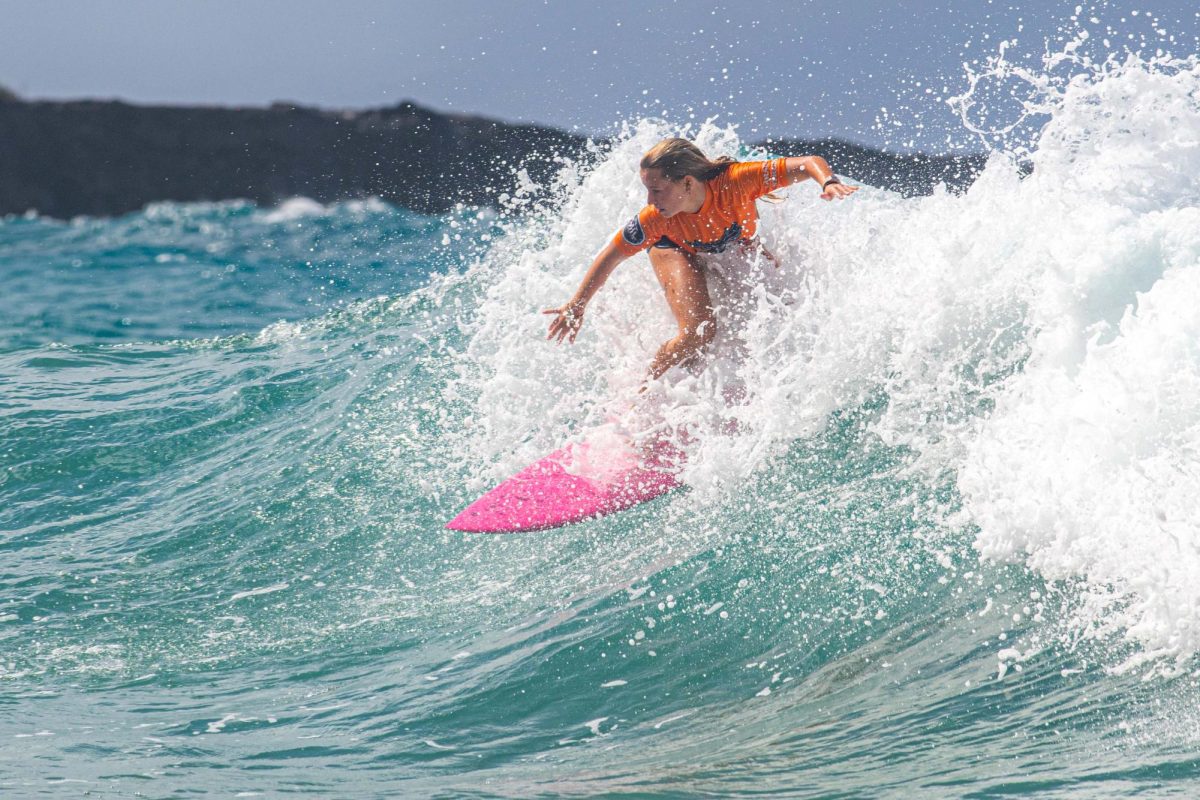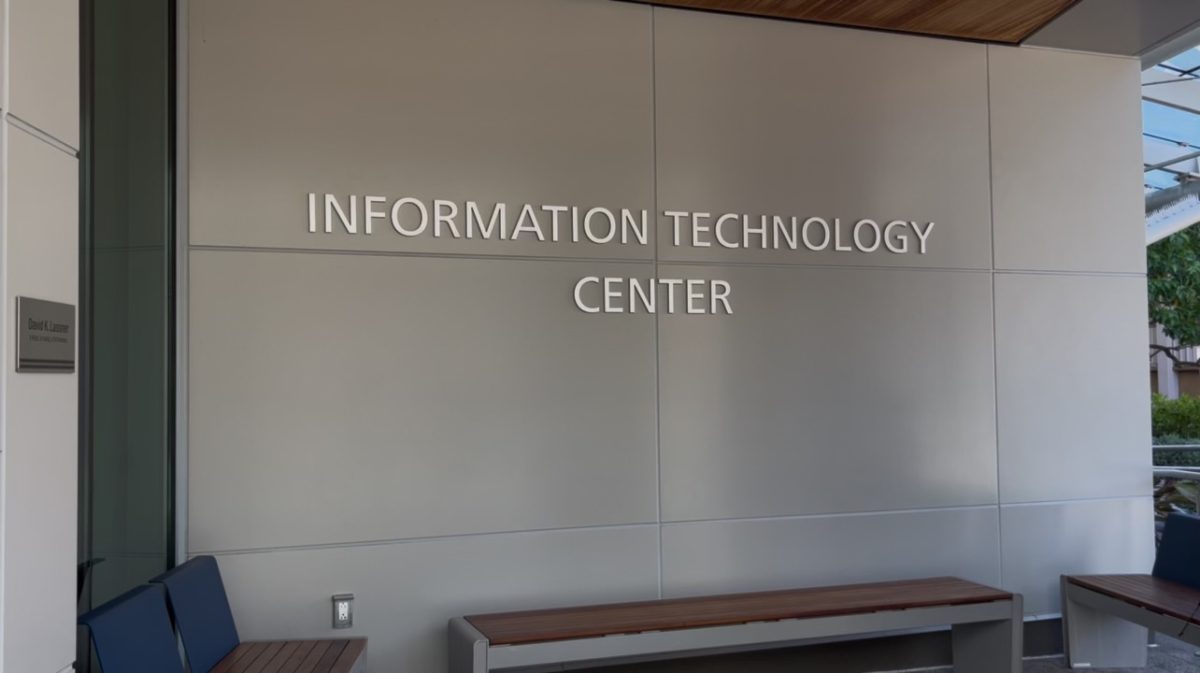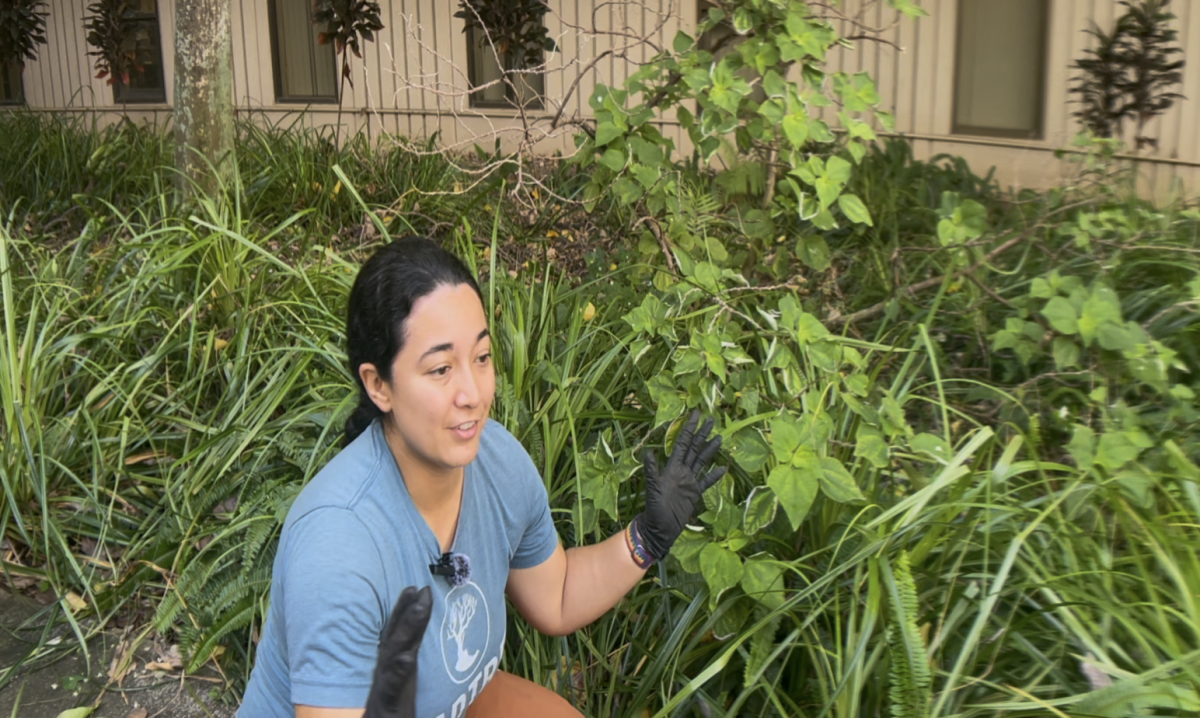Hawaii — known for its lush green forests, crystal clear waters and welcoming culture — has always been a top tourist destination. However, the COVID-19 pandemic led to a major decline in tourism across the state, like many places around the globe. But as restrictions have now lifted, and vaccines rolled out, tourists from across the world have started to flock to Hawaii in record numbers, again, leading to a 25% increase in daily visitors to Oahu compared to pre-pandemic times.
This increase in tourism has brought about both benefits and challenges, including environmental damage, cultural impact, and economic inequality. The tourism industry has always been a significant contributor to Hawaii’s economy. It provides jobs for locals and increases demand for locally produced goods and services. As the tourism industry has picked up again, it has brought much-needed relief to many businesses and individuals who were struggling due to the pandemic.
Additionally, tourism allows visitors to experience and appreciate Hawaii’s unique culture. It brings people from different backgrounds together and provides opportunities for cultural exchange. This exchange can help to foster a greater understanding and appreciation for the people and culture of Hawaii. Despite the benefits of tourism, it also comes with several downsides, including environmental damage.
Tourists can leave behind trash and pollution, damage natural habitats, and contribute to climate change. This damage can have long-lasting impacts on the land, water, and wildlife of Hawaii, affecting not only the environment but also the local communities who depend on these resources.
“I see the visitor industry as having a negative effect on island lifestyle here in our islands,” said Palakiko Yagodich, a Hospitality, Travel, and Tourism teacher at Kapi’olani Community College. Yagodich later explained that those resources that locals depend on, such as water, are taken for granted in the visitor industry.
Residents on Oahu and the Big Island were more likely than those on Maui or Kauai to say that tourism should actively be encouraged, according to Department of Business, Economic Development and Tourism (DBEDT) data. Some of the issues that come along with tourism are environmental damage to the land and water resources.
Tourism can also have a cultural impact. As tourists flood in, they can sometimes overwhelm and disrespect local culture. In some cases, this conflict can lead to cultural appropriation or a dilution of Hawaii’s unique cultural identity. Moreover, despite the economic benefits of tourism, it can also exacerbate economic inequality.
Many of the jobs in the tourism industry are low-paying and seasonal, making it difficult for locals to earn a stable income. The increase in demand for goods and services can also drive-up prices, making it more difficult for locals to afford necessities.
To tackle the challenges posed by tourism, Hawaii needs to focus on sustainable tourism. Sustainable tourism considers the economic, social, and environmental impacts of tourism and seeks to minimize its negative effects. It also addresses the needs of both visitors and local communities best described by the UN Environment Program and UN World Tourism Organization.
“The airline we came with, displayed a video with some information on how to take care of the island, but I still had to do some extra research before visiting,” said Josue Guerra, a tourist in Waikiki.
Additionally, organizations like the Sustainable Tourism Association of Hawaii and 808 Cleanups are working to promote sustainable tourism and protect Hawaii’s natural resources. These organizations offer educational programs for residents, businesses, and visitors, and work to remove litter, graffiti, invasive plant species, and many other events.
“We see and work with people that are visiting our islands, they’re looking for examples of authentic experiences that highlight the natural beauty of Hawaii,” said Kimeona Kane, Director of 808 Cleanups. “And we’ve been so blessed over the years to be able to bring people in, voluntarily on their own searches out and volunteer their time while on vacation.”
In 2022, state leaders nearly passed a law called “Green Fee,” charging tourists $50 fees to better safeguard Hawaii’s natural resources. The “Hawaii Green Fee” website refers to this as an “innovating conservation financing solution in Hawaii” to ensure the security of the impact of visitors, climate change, and local threats.







